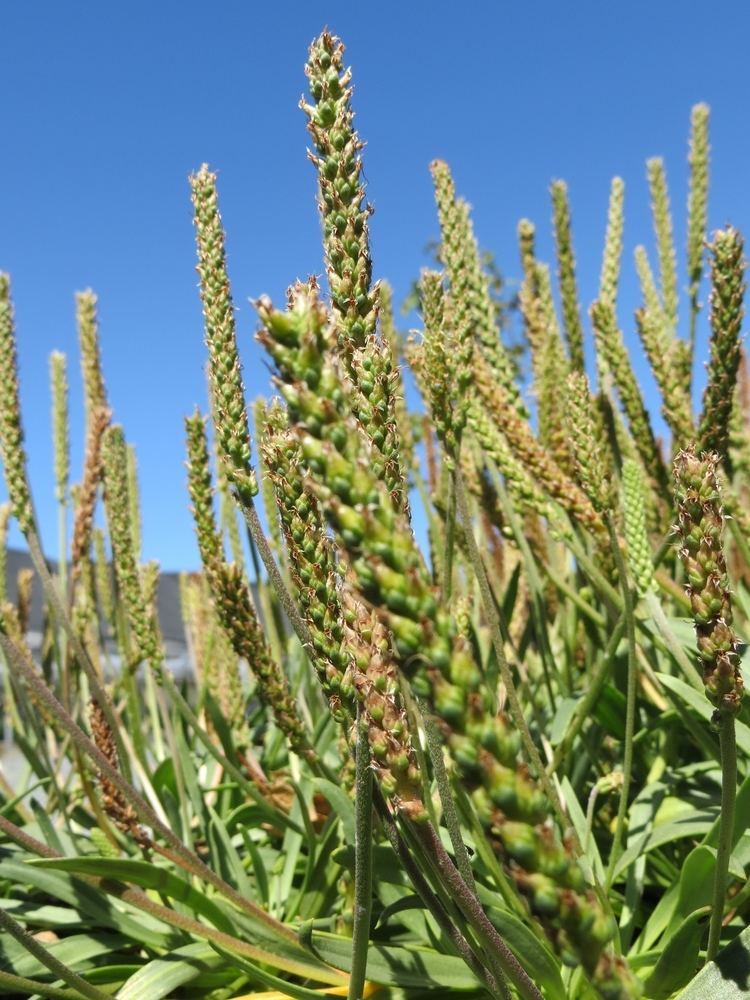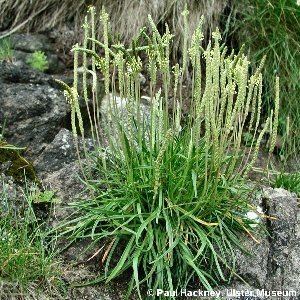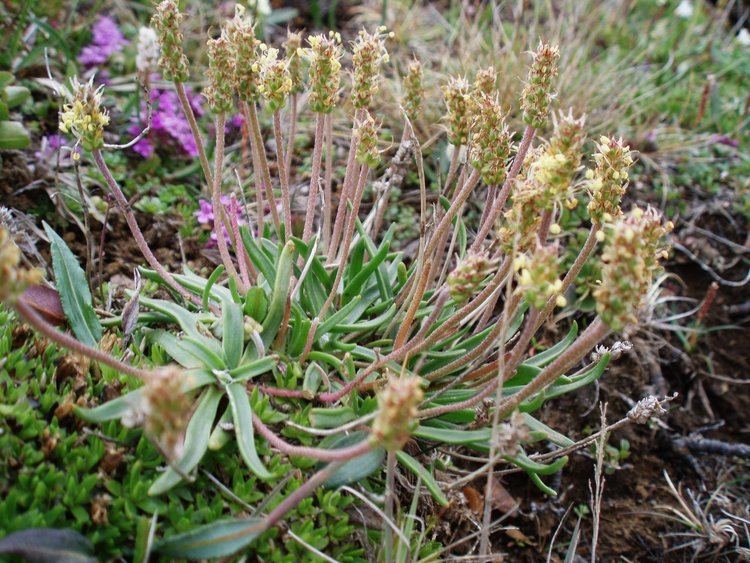Genus Plantago Rank Species | ||
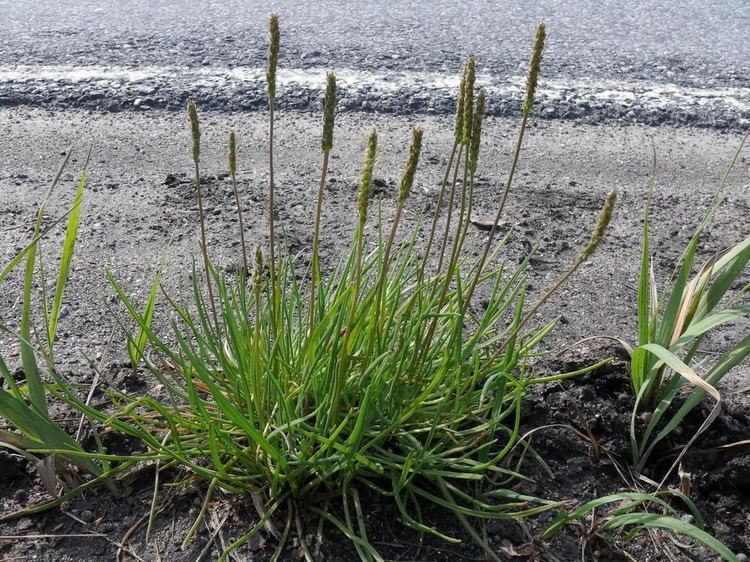 | ||
Similar Seaside arrowgrass, Plantago coronopus, Tripolium pannonicum, Plantago media, Cochlearia officinalis | ||
Plantago maritima (common names sea plantain, seaside plantain, goose tongue) is a species of flowering plant in the plantain family Plantaginaceae. It has a subcosmopolitan distribution in temperate and Arctic regions, native to most of Europe, northwest Africa, northern and central Asia, northern North America, and southern South America. Like samphires, the leaves of the plant are harvested to be eaten raw or cooked. The seeds are also eaten raw or cooked, and can be ground into flour.
Contents
- Seaside plantain plantago maritima martin creek trail trinidad california
- Description
- Subspecies
- Ecology and physiology
- References
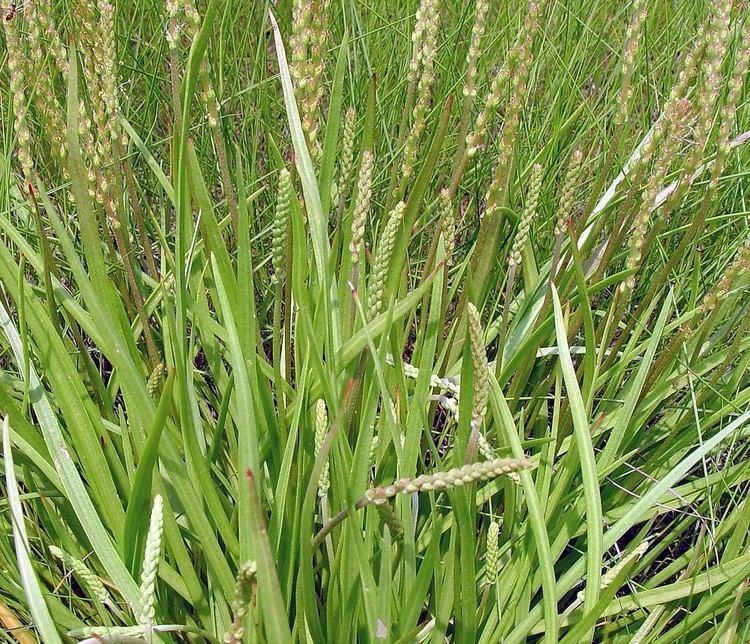
Seaside plantain plantago maritima martin creek trail trinidad california
Description
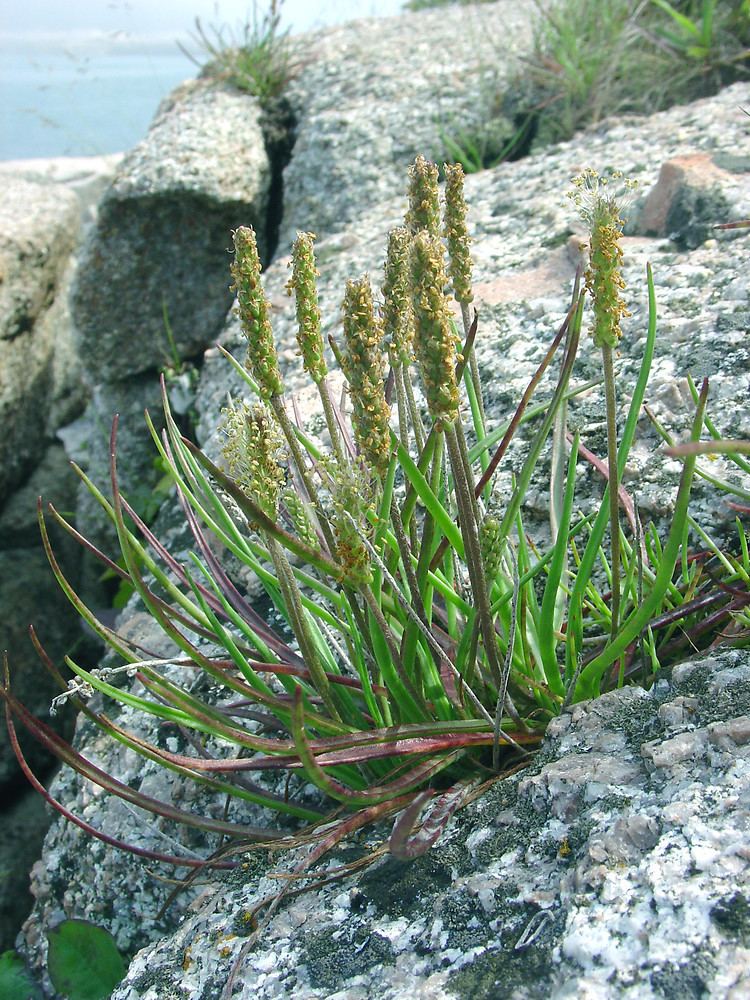
It is a herbaceous perennial plant with a dense rosette of stemless leaves. Each leaf is linear, 2–22 cm long and under 1 cm broad, thick and fleshy-textured, with an acute apex and a smooth or distantly toothed margin; there are three to five veins. The flowers are small, greenish-brown with brown stamens, produced in a dense spike 0.5–10 cm long on top of a stem 3–20 cm tall.
Subspecies
There are four subspecies:
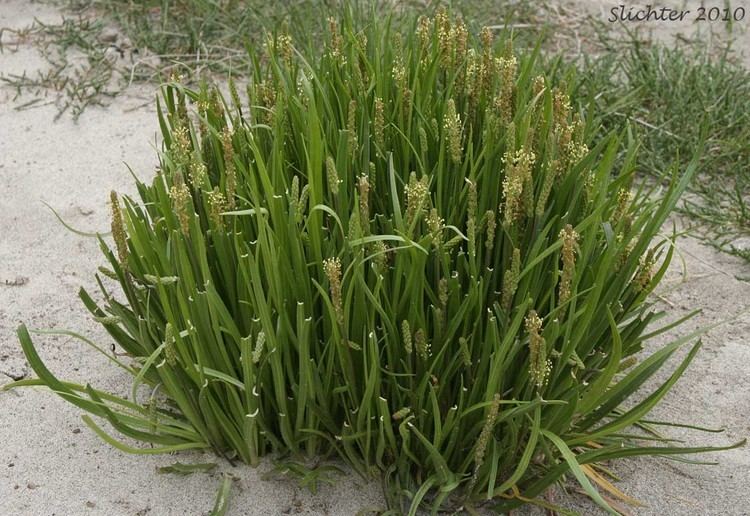
Ecology and physiology
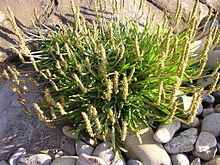
In much of the range it is strictly coastal, growing on sandy soils. In some areas, it also occurs in alpine habitats, along mountain streams. Some of the physiology and metabolism of this species has been described, of particular note is how the metabolism of this species is altered with elevated atmospheric carbon dioxide concentrations.
